You are here
Back to topCambodian Banana Exports Fell in 2022 Led by Drop in China Shipments
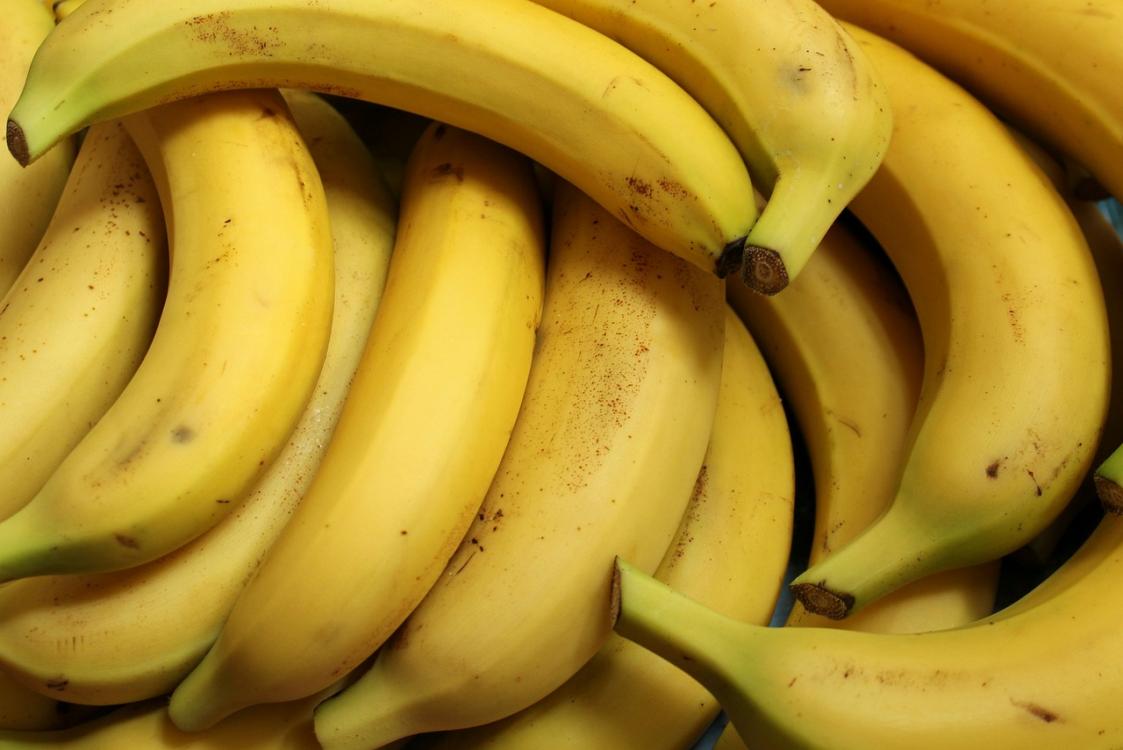
Cambodia’s banana exports were down almost 12% during the first 10 months of 2022, led mainly by a lower volume of exports to China, according to the Phnom Penh Post.
The newspaper cited Cambodian Ministry of Agriculture, Forestry and Fisheries statistics showing that Cambodia exported 325,860 metric tons of bananas from January through October, a decline of 11.79% compared with the same period of the previous year.
China has only permitted the import of Cambodian bananas since 2019, when bananas became the first Cambodian fresh fruit granted market access to China. The first shipment of Cambodian bananas to China took place in May 2019. Since then, China has become the main export market for Cambodian bananas, accounting for approximately 90% of exports over the past few years.
The growth in exports has been partly fueled by Chinese companies that have invested in large-scale banana plantations in Cambodia to supply the China market. These Chinese companies have been lured by low costs and virgin soils that reduce the likelihood of contamination with agricultural chemical residues and heavy metals.
Cambodia’s total banana exports in 2021 stood at 423,169 metric tons, of which China accounted for 376,961 tons. Other export markets included Vietnam (45,193 metric tons), Japan (534 metric tons) and Singapore (480 metric tons).
A Cambodian exporter cited China’s strict COVID-19 controls for the decline in exports over the first 10 months of 2022. Those controls both dampened economic growth in China and threw up hurdles for imports — especially in the form of slowdowns and closures at China’s overland border crossings with Vietnam and Laos.
The exporter noted that China’s abrupt December pivot away from attempting to control the spread of the virus has not translated to increased banana shipments. In fact, some measures of economic activity in China showed accelerating contraction in December as businesses struggled to re-align to the new policies at the same time as an enormous wave of infections swept across the country, leading to labor shortages and absenteeism.
The economic situation in China is further complicated by the impending Lunar New Year on Jan. 22. Business activity typically slows during the leadup to the holiday as factories shut down and migrant laborers return to their home cities and villages. The mass movement of people during the holiday period could also drive a new wave of coronavirus infections in smaller cities and rural areas.
Economists surveyed by Bloomberg predict a rebound in economic growth in China starting from the second quarter of 2023, which could bring some relief to Cambodian fruit exporters.
Image: Pixabay




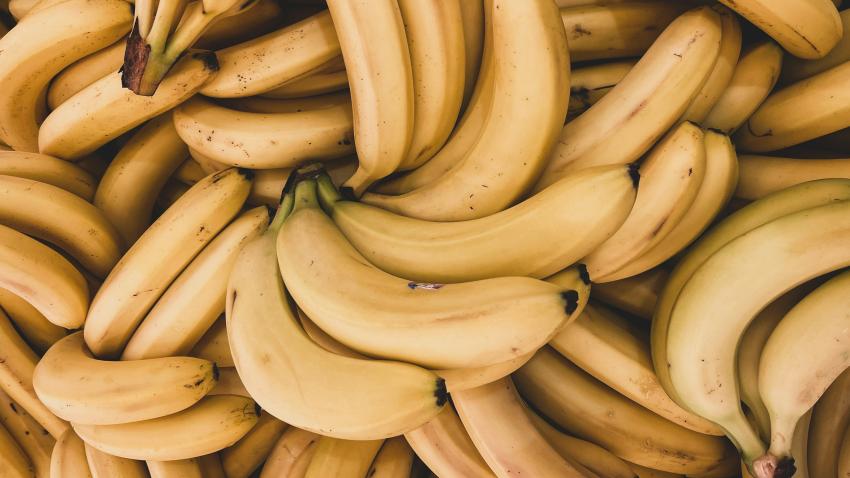
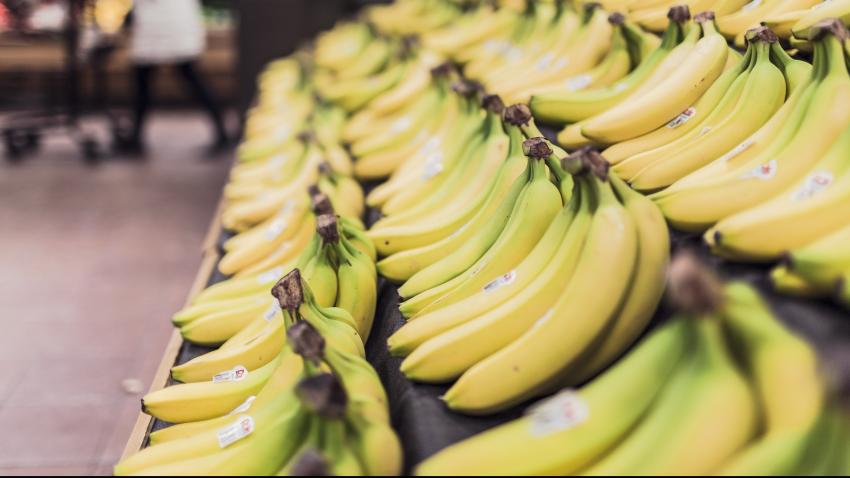
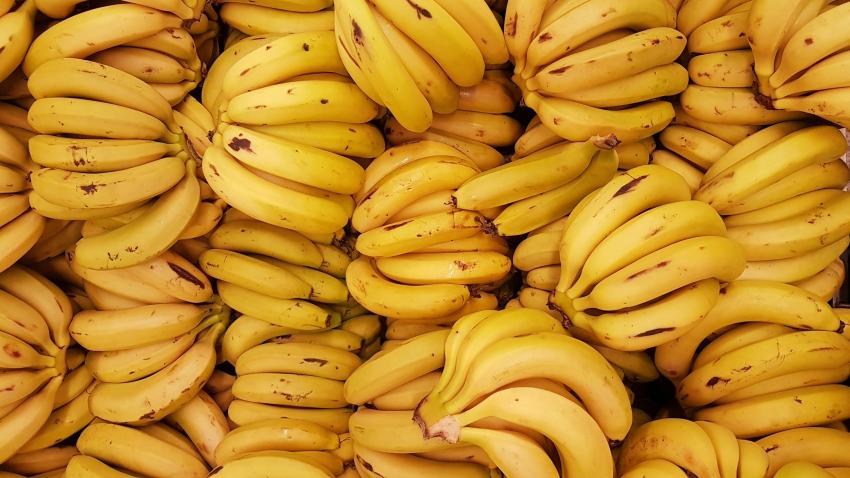
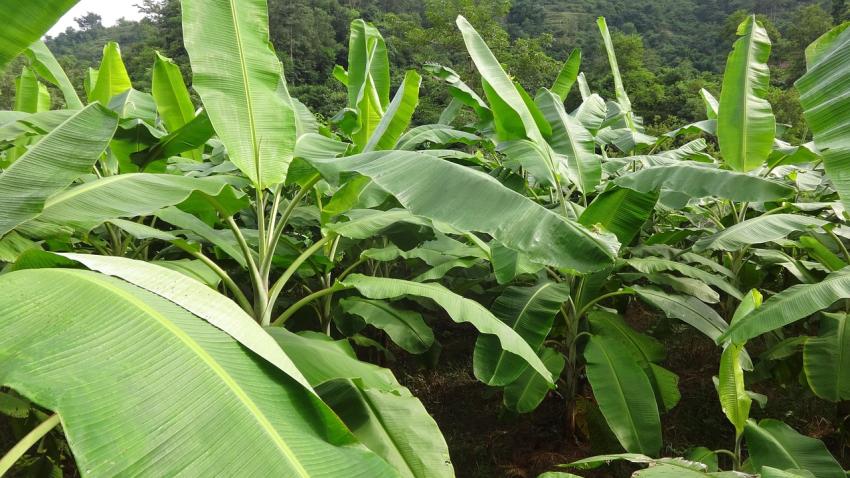







Add new comment